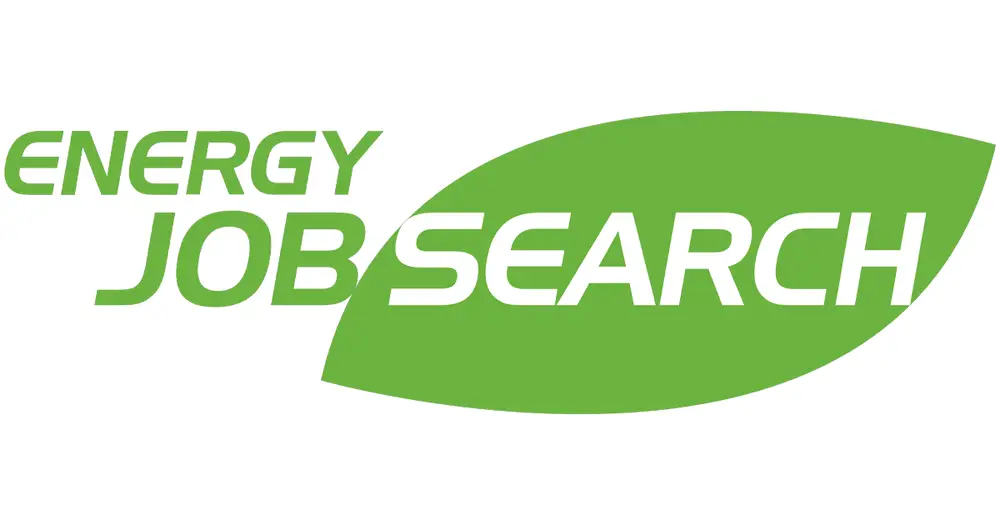If you’re a petroleum engineer in the oil and gas industry, in addition to exploration equipment, you probably use computer software daily.
Your job description probably includes various tasks. The right software tools make designing equipment, interpreting data, modeling subsurface structures, and simulating processes much more straightforward.
However, if you’re a junior engineer trying to find the right software fit or a mid-level engineer who is looking for a better option to work with, the options can feel endless.
Start with these tried and tested favorites. Being able to use these ten software tools for the oil and gas industry is something that every engineer should know how to do. Read on for our list and why they belong in the top ten.
Types of Software Tools
All of the most common types of engineering software for the oil and gas industry fall into one of these five broad categories.
- Geological exploration – A software that collects, analyzes, and interprets geological and geophysical data that engineers can use to improve production or schedule further exploration activities.
- Production Optimizing – Any oil and gas extraction company aims to improve production efficiency, reduce costs, and increase profitability.
This software monitors production, manages operations, and uses its resources to develop optimal production strategies.
- Drilling and Well Planning – This software helps companies save time and money by reducing drilling time, improving wellbore quality, and minimizing worker risks.
It commonly plans, optimizes, and monitors drilling operations while helping with the engineering of wells.
- Reservoir simulation – Using built-in information or data from other software, reservoir simulation software can predict how oil and gas reservoirs will behave.
Production can then be tailored around it, and possible strategies can be evaluated.
- Computer-Aided Design (CAD) – Used to create and design 2D and 3D models of wells and equipment for manufacturing and maintenance.
10 Software Tools in the Oil and Gas Industry That Every Engineer Should Know
Hundreds of software tools are used daily in the oil and gas industry, but some have become more important and used more often than others. This list gives some of the most commonly used tools, their important features, and how they fit into the life of an engineer.
1. AutoCAD – Computer-Aided Design
This designing and drafting software isn’t only used in the mechanical side of the energy sector. AutoCA, or one of the other CAD programs, also finds a home in interior design, machining, manufacturing, project management, architecture, and multi-disciplinary engineering.
Features:
- Custom templates for the energy sector
- The ability to draft and render without creating multiple blueprints
- 2D and 3D capability
AutoCAD is prized as a staple for so many industries for many reasons but the most popular is because of its versatility. It designs for the industry rather than being locked in to just one.
It’s also great for remote workers because it helps team members share and collaborate on projects regardless of location. Junior engineers often use it during the design phase for pipelines and employee facilities.
2. Petrel – Geological Exploration
Also known as Petrel Subsurface, Petrel software is produced by Schlumberger, the world’s largest oilfield services company.
This cloud-based software, which allows any authorized worker to access it, can be used for interpreting the information gathered from exploration. It helps both geoscientists and engineers make sense of the information they are given.
Features:
- 3D modeling of reservoirs and ocean floor maps.
- Can simulate fluid flow and work with production optimizing software.
- Allows engineers to understand subsurface behaviors and qualities.
One of the greatest perks of Petrel is that it contains a range of tools that make it capable of performing many different tasks. Engineers can use it to interpret seismic activity or produce models to visualize reservoir simulation results.
3. OFM – Production Optimizing
Created and maintained by Schlumberger, this range of tools is used to monitor and forecast reservoirs and wells, extending through the entire life cycle of field performance.
Features:
- Connects multiple disciplines with two-way data transfer.
- It has multiple plug-ins for Petrel, Peep, and Avocet.
- Provides a library of off-the-shelf workflow templates at purchase on several subjects.
OFM does many jobs, from monitoring and surveying performance to forecasting production with decline and type curve analysis. Its comprehensive tools and interactive base maps make it a powerful piece of software for engineers.
4. ECLIPSE – Reservoir Simulation
Schlumberger also created ECLIPSE reservoir simulation software, which allows engineers to predict reservoir behavior and optimize production by identifying issues before they occur.
Features:
- 3D modeling
- Complete set of tools for fast and accurate predictions of behavior
- Works with Petrel data for dynamic modeling
The suite includes 100 for black oil equations, and the ECLIPSE 300 option allows engineers to solve reservoir flow equations that include compositional hydrocarbon descriptions and thermal simulation.
“If you’re an engineer trying to find the right software, the options can feel endless.”
4. Landmark – Geological Exploration
Landmark, created by Halliburton, is another suite of tools for data interpretation, drilling design, and reservoir modeling. Engineers can import information from other sources and use the software to perform complex analyses.
Features:
- Currently, it enables open-source software that the business can customize.
- Multiple tools in one piece of software
- 3D modeling of subsurface
Landmark continues to develop and has recently begun exploring machine learning. While many software tools perform only one or two functions, Landmark can effectively help find, produce, and manage oil and gas reserves.
6. IMEX – Reservoir Simulation
A part of the Computer Modelling Group (CMG) suite, IMEX (Implicit Multiphysics EXplorer) specializes in black oil simulation like ECLIPSE 100.
Data and models from ECLIPSE can be converted and inputted into IMEX for further simulation.
Features:
- Works with AI to forecast reservoir models
- Intelligent wellbore flow, including pressure modeling with segmented wells
- Complex numerical algorithms allow for complex and multiphase equations
Like other tools packaged as suites, IMEX works with other CMG programs, such as GEM, a compositional simulator, and STARS, a thermal simulator.
7. Techlog – Drilling and Well Planning
Techlog Wellbore software integrates all data types related to well-being and converts it to be compatible with multidisciplinary workflows.
Data acquired through deepwater exploration or a drilling program onshore is expensive. Technology allows astrophysicists and engineers to get the most out of that data.
Features:
- Offers 3D petrophysics and pixel inversion processing
- Integrated notification browser
- Adapted shortcuts for quicker movement between folders
With Techlog, engineers can process, interpret, and prepare information and deliver it with additional context to stakeholders. This information includes 3D modeling and the ability to upscale acquisition data.
8. IBM Maximo – Production Optimizing
This application suite brought to the industry by IBM aims to improve the management of assets such as wells, rigs, pumps, plants, and pipelines and improve their performance. The software uses AI-driven enterprise asset management tailored to the oil and gas industry.
Features:
- Predictive models can identify and implement maintenance issues in real-time
- Allows health, safety, and environmental (HSE) data to be integrated into the system.
- Helps to develop a sustainability strategy and can be used in addition to IBM’s sustainability consulting.
IBM Maximo allows for maintenance planning and scheduling, inventory optimization, management of emissions strategies, and the optimization of inventory all from the same suite of tools.
Maximo allows you to identify issues before they use an asset and know that equipment is good working order at all times.
9. WellPlan – Drilling and Well Planning
As the name suggests, WellPlan is a drilling and well completion software package that allows engineers and drilling operators to plan and design drilling operations.
Features:
- Includes tools for wellbore and casing design plus cementing operations.
- Integrates multiple data sources
- Generates 3D subsurface models
WellPlan models the subsurface using data from geological, geophysical, and drilling sources. It then offers engineers strategic datay.
10. UniSim – Drilling and Well-Planning
Developed by Honeywell, an engineering and technology company UniSim is a design suite create with oil and gas engineers in mind. You use it as realistic process simulation model that can be used to create steady-state and dynamic models for plant design both offline and online.
Features:
- Optimizes energy and emissions by pulling in operating data and tuning models to represent a real plant which it then runs simulations on.
- Capable of flowsheeting of steady state and dynamics modeling
- Can be used to create and visualize processes with an intuitive interface.
Although not necessarily part of the drilling and well-planning category of software tools, UniSim is one of the industry-leading simulation tools for plant design, decision making, monitoring, troubleshooting, and analysis.
Best known for its use in plant design, it’s capable of contributing throughout the lifecycle of plant whether you work for an energy giant or a startup.
Conclusion
All engineers will have their favorite software tools that enable them to make the most of their time and help them do their job well. Maybe it was software passed down by a mentor or just a program your bosses want you to work with.
Like any job in energy, there are plenty of different ways to do your job well and these 10 software tools for the oil and gas industry represent just a few of those favorites for you to try out.










